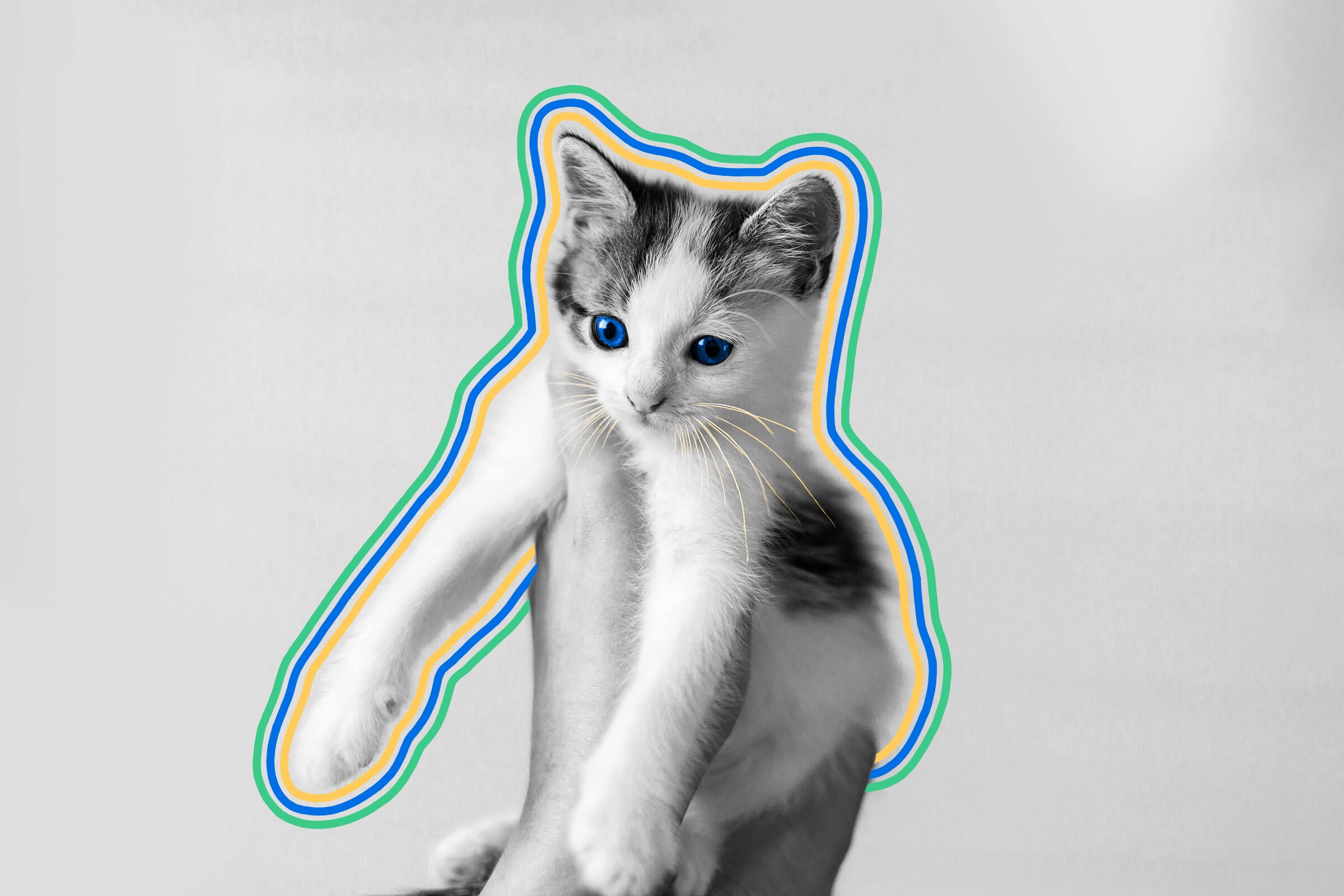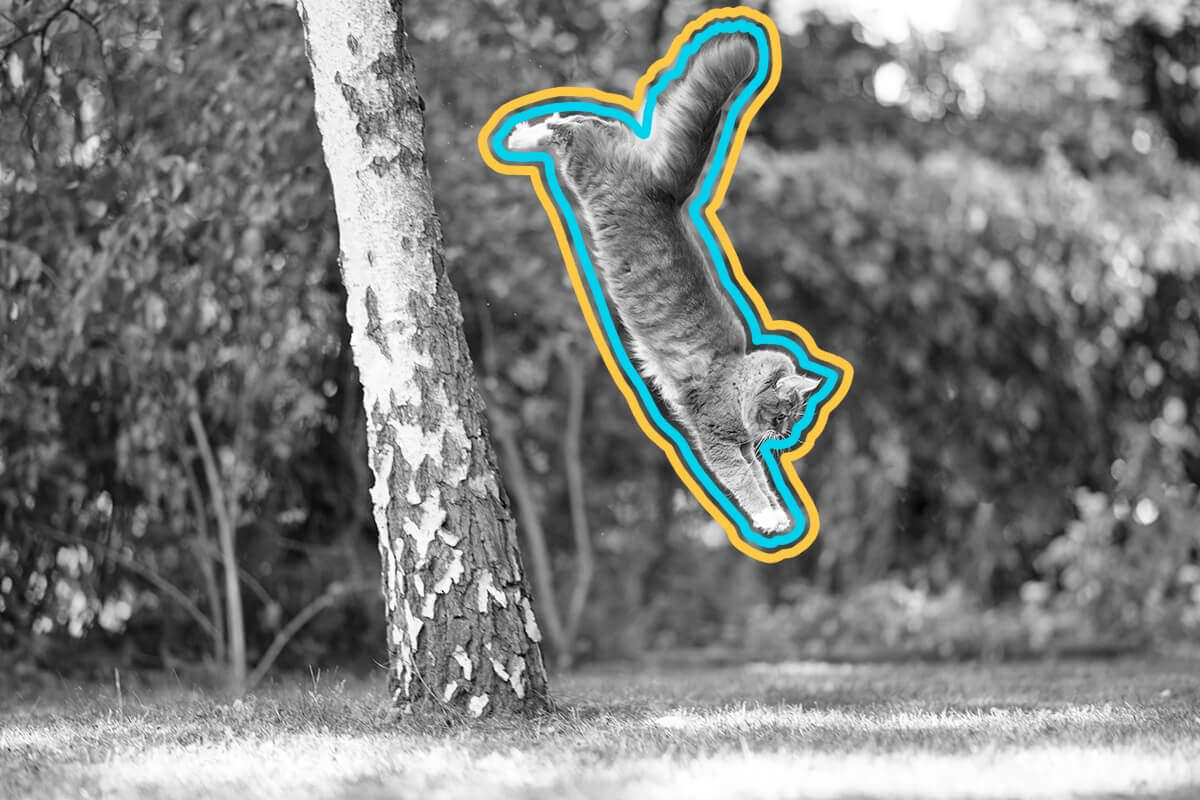
Cats can make 276 different facial expressions.
While cats give off a solitary vibe — often appearing much more aloof than their canine counterparts — felines are actually very social creatures. They form bonds with littermates, establish colonies, and may develop just as strong a connection with their pet parents as dogs do. Maybe the lesser-known social nature of cats can begin to explain another fascinating finding: Cats are capable of up to 276 unique facial expressions. In 2021, researchers at UCLA recorded 194 minutes of cat-to-cat facial expressions at a nearby CatCafé Lounge. Then they coded all those facial muscle movements, excluding things like chewing and yawning, and discerned 276 unique expressions.
Each of these feline expressions included four of 26 unique facial movements — things like parted lips, jaw moves, and even pupil dilation. Humans, by comparison, have about 44 facial movements, which some estimates say translates into about 10,000 facial expressions. Although limited compared to humans, cats still have far more expressions than experts had realized. As one veterinary behaviorist put it, “there is clearly a lot going on that we are not aware of.” Even after 10,000 years of domestication (and an even greater number of cat videos), the little lions in our living room still have the capacity to surprise.
Today’s house cat (Felis catus) is a direct descendant of Felis silvestris lybica, otherwise known as the African wildcat. Still spread across Africa but also west and central Asia, the African wildcat is slightly larger than its tamed descendants, and the process of domestication likely began around 10,800 years ago in the Middle East/North Africa region. However, evidence suggests that a second cat species, the leopard cat (Prionailurus bengalensis), was separately domesticated in neolithic China around 5,000 years ago. (Today, the modern Bengal cat is a mix between this wildcat and Felis catus.) In both instances, cats were domesticated far later than dogs, which some estimates say occurred as far back as 32,100 years ago. This explains why house cats retain more genetic, behavioral, and even physical traits of their wild ancestors compared to most dog breeds.

